Why Writing Historical Fiction Is a Modern-Day Challenge.
Okay, let’s get this out of the way: I absolutely love history. There, I said it.
If you’re anything like me, there’s just something magical about time travel, right?
But, instead of hopping into a DeLorean, I take the long way around, by writing historical fiction.
(Yes, Full Circle, that’s my plug, thank you very much.)
However, before I get too carried away, let me tell you: writing historical fiction today is not all candlelit quills and majestic castles. Oh no, folks. It’s a whole lot more complicated than that. Over the years, I’ve written about the common pitfalls of historical fiction, but today, let’s dig deeper into the real challenges of writing historical novels in our modern world.
Historical fiction is like a tightrope walk: on one hand, you’ve got historical accuracy, and on the other, you’ve got the delicate art of storytelling. You must pay homage to the past but keep the plot exciting enough so readers don’t snooze off. But in today’s world, shaped by social media, instant information, and very vocal readers, writing a historical novel comes with its own set of modern-day challenges. Let’s dive into them, shall we?
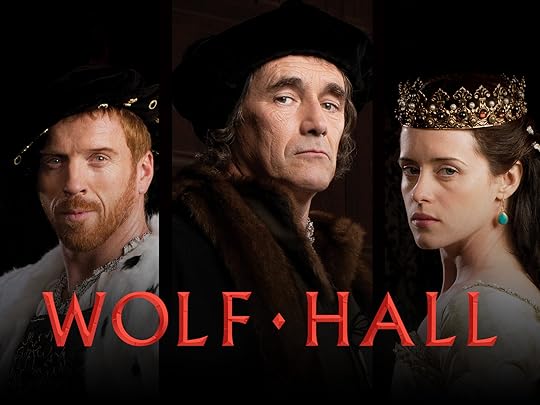
#1 -The Eternal Tug-of-War:
Accuracy vs. Storytelling.
Picture this: you’re in the middle of writing a book about the Tudors (because, who doesn’t love a good Tudor drama?) and you find yourself wondering, “Should I have Thomas Cromwell say that? Is it historically accurate?”
In historical fiction, this kind of debate happens all the time. And let me tell you, finding that sweet spot between staying true to history and creating a compelling narrative is tricky business.
The crux of the challenge is this: while accuracy is necessary, a story needs to move.
Sure, the political climate of 16th-century England may have been heavy on pomp and politics, but let’s be honest, most readers want characters who feel real. You can’t just drop a bunch of historical facts and call it a day.
Let’s talk about Hilary Mantel’s Wolf Hall trilogy. The Wolf Hall series is a prime example of this struggle. Mantel’s portrayal of Thomas Cromwell is incredibly nuanced and researched, but she also takes creative liberties to bring Cromwell to life as a protagonist.
And that’s where the fun lies; if you’re writing historical fiction, you get to explore “what-ifs” and humanise historical figures. In the case of Cromwell, Mantel goes against the grain of the villainous figure typically portrayed, giving us someone who is deeply layered, both cunning and empathetic.
Mantel herself admits the challenge: “You must have facts, but they must be the right kind of facts,” she said. “And between the facts, the creative imagination must make its leap.” Yes! That leap is exactly what makes historical fiction thrilling. You have to trust that your research serves the story, not the other way around.
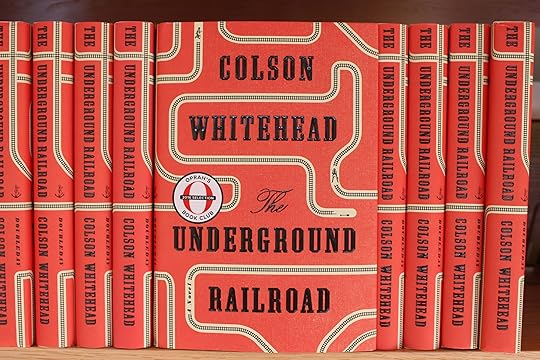 #2 – Modern Sensibilities vs. Historical Realities (Spoiler: History is a Bit Messy).
#2 – Modern Sensibilities vs. Historical Realities (Spoiler: History is a Bit Messy).
You know how sometimes when you’re watching an old movie and someone says something that feels… off by today’s standards? (Looking at you, 1950s ads). It’s kind of the same with historical fiction.
The past was complicated, and not always pretty. So, when you’re writing about issues like race, gender, or colonialism, you run into the dilemma of presenting past attitudes without endorsing them or alienating modern readers. It’s a tough line to walk.
Colson Whitehead’s The Underground Railroad does this beautifully. Whitehead doesn’t just write about slavery in a historical context; he reimagines the Underground Railroad as an actual, literal train system, talk about a metaphor coming to life! This speculative twist allows Whitehead to explore the horrific realities of slavery and the emotional toll it took on enslaved people without having to be slavishly (pun intended) tied to historical realism.
What makes The Underground Railroad so remarkable is how it captures the trauma and the stakes of slavery, while still feeling relevant to today’s readers. Whitehead’s novel forces us to confront the past, yes, but through a lens that makes us feel the urgency of history’s echoes in the present. His approach raises a big question: Is it necessary to stick too closely to historical realism in historical fiction? Can we give ourselves permission to invent and reimagine while staying true to the truth?
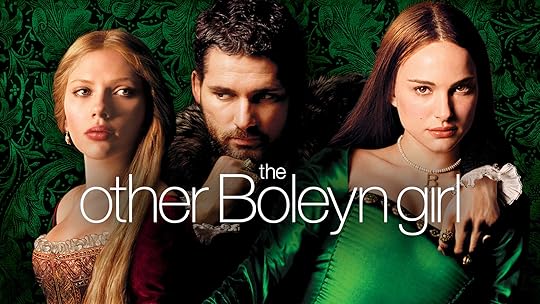
#3 -Information Overload: A Curse or a Blessing?
Let’s face it, we live in an age where information is literally at our fingertips. We can Google anything. I mean, I can fact-check historical quotes while I’m having coffee, instant accuracy!
But, here’s the catch: the internet has made historical research both easier and more dangerous.
One wrong fact, one misspelt name, and boom, social media is ready to roast you like a marshmallow at a campfire.
Take Philippa Gregory, for example. Her novels about the English royal family (you know, The Other Boleyn Girl and The White Queen) have received mixed reactions from historians and readers alike.
Some of her liberties with the historical record have sparked controversy, especially when she portrays figures like Anne Boleyn or Elizabeth Woodville in ways that don’t necessarily match up with mainstream historical views.
Now, Gregory herself defends her work by pointing out that historical fiction is… well, fiction.
But when you’re writing about a historical figure, modern readers will expect accuracy.
When the history buffs and the casual readers start throwing shade, it’s clear that the stakes are high in today’s world.
To handle this, many authors now include extensive author’s notes, bibliographies, and sources.
They let readers know how they arrived at their conclusions and which liberties they’ve taken, because, let’s be real, it’s better to be transparent than to face a Twitter storm, right?
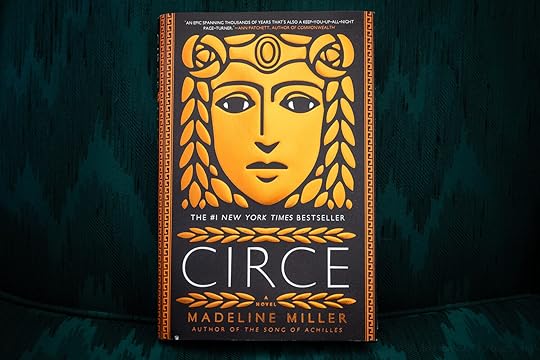
#4 -Writing from Marginalised Perspectives: The Power of Voice .
The days when historical fiction simply rehashed the stories of the rich, white, and powerful are over. Today’s readers want fresh perspectives, especially from marginalised communities that have been overlooked in traditional historical narratives.
As authors, we’re tasked with representing these voices, but we have to do so thoughtfully and responsibly.
Madeline Miller’s Circe brings the ancient Greek mythological character of Circe into a whole new light. Instead of portraying her as the evil witch from Homer’s Odyssey, Miller gives Circe depth, agency, and humanity. This reimagining shifts the narrative focus to a marginalised female character, which aligns with modern feminist ideals—an excellent example of how to revise classical stories to speak to today’s audience.
But, as with any retelling, there’s a fine line to walk. As readers become increasingly sensitive to cultural appropriation and authenticity, authors must tread carefully when telling stories that fall outside their own lived experiences. It’s essential to avoid falling into the trap of writing “at” a culture rather than “with” it.
When dealing with traumatic histories or cultures not your own, there’s an added responsibility to approach these stories with empathy and respect.
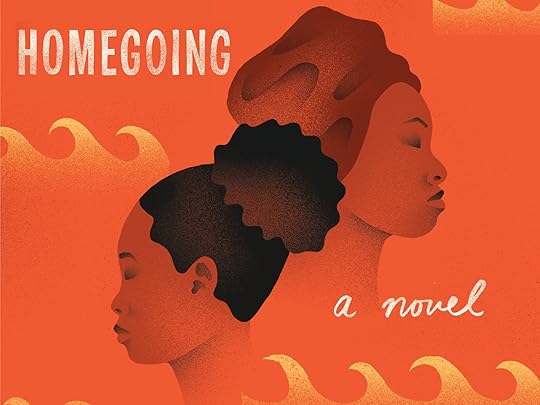
#5 -Filling in the Historical Gaps: What’s Not in the Record .
Let’s talk about one of the biggest challenges in historical fiction: what’s missing. History has often been recorded by those in power, and as a result, the voices of the oppressed or marginalised have been erased, silenced, or misrepresented.
So, when writing about these gaps, authors are faced with the task of respectfully imagining untold stories without inventing history out of thin air.
Yaa Gyasi’s Homegoing is a brilliant exploration of the untold histories of the transatlantic slave trade.
Gyasi traces the descendants of two half-sisters from Ghana, one who is sold into slavery, and the other married to a British coloniser.
The novel spans multiple generations and countries, illuminating how the scars of slavery ripple through time. What Gyasi does so beautifully is fill in the gaps in the historical record while acknowledging the limitations of what can be known. She doesn’t claim to speak for the people whose stories have been lost, she simply gives them a narrative space in which to exist.
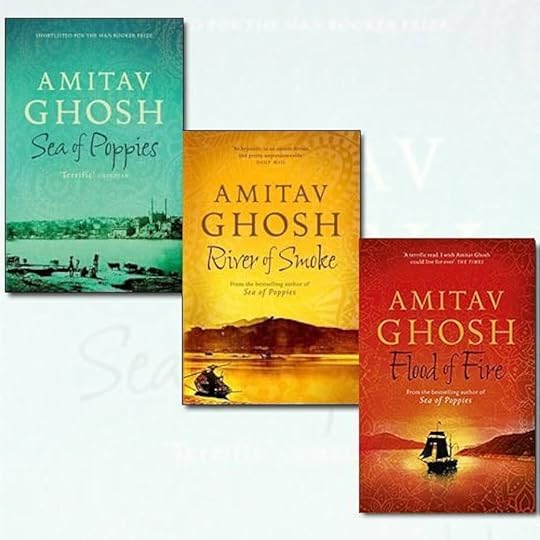 #6 -The Globalisation of Historical Narratives
.
#6 -The Globalisation of Historical Narratives
.
One of the coolest things about today’s world is that readers from all over the globe can read the same book and engage with it in different ways.
But this globalised audience also presents a unique challenge. What may resonate in one culture may not hit the same way in another.
Amitav Ghosh’s Ibis Trilogy explores the 19th-century opium trade between India and China, a subject that is often neglected in Western historical fiction. Through multiple characters, languages, and perspectives, Ghosh weaves a complex tapestry of colonialism, politics, and human suffering. His work demonstrates how historical fiction can have a global impact when done with cultural sensitivity.
The modern historical fiction writer must consider how their work might resonate with, or clash against, international audiences. A historical event that’s significant in one country may be less known in another. Writing for a diverse, global audience means taking extra care in your research and representation.
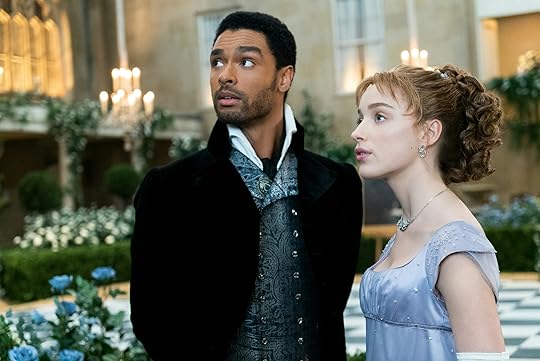
#7 -Adapting Historical Fiction for the Screen: Lights, Camera, Drama!
And then, of course, there’s the ever-growing popularity of adapting historical fiction into TV shows and movies. The rise of streaming platforms means that your historical novel might one day become the next big Netflix hit.
While this is fantastic for visibility, it also brings new challenges. When historical fiction gets the movie treatment, things tend to get… simplified for the screen.
Shonda Rhimes’ Bridgerton (based on Julia Quinn’s novels) reimagines Regency-era London with a racially diverse cast, a bold move that sparked a lot of debate. Some praised the show’s inclusive casting, while others questioned the historical plausibility.
But that’s the thing: when history meets Hollywood, it’s not always the same thing.
Authors now have to consider how their books might be interpreted through visual media, which means their historical narratives might undergo some dramatic changes, literally. It’s a wild ride, but one that keeps things interesting!
Final Thoughts: The Fine Art of Navigating Between Past and Present .Writing historical fiction today is like balancing on a high wire, except the wire keeps shifting, and the crowd is full of very opinionated critics. Authors are tasked with accurately portraying history while maintaining a story that is relevant, engaging, and respectful of modern values.
But let’s be real: it’s all worth it. The challenges make the genre more exciting and essential than ever. Historical fiction doesn’t just recreate the past; it questions it, making us reconsider how history has shaped the present. And isn’t that the best kind of fiction?
As we continue to navigate these challenges, we hope to build a future where we can better understand the past and create stories that connect, challenge, and inspire readers across the centuries. Now, that’s something to write about.
Now it’s YOUR turn – Which historical period would you write about, and why?
Would love to get your input in the comment box below.
The post Why Writing Historical Fiction Is a Modern-Day Challenge. appeared first on Vered Neta.



